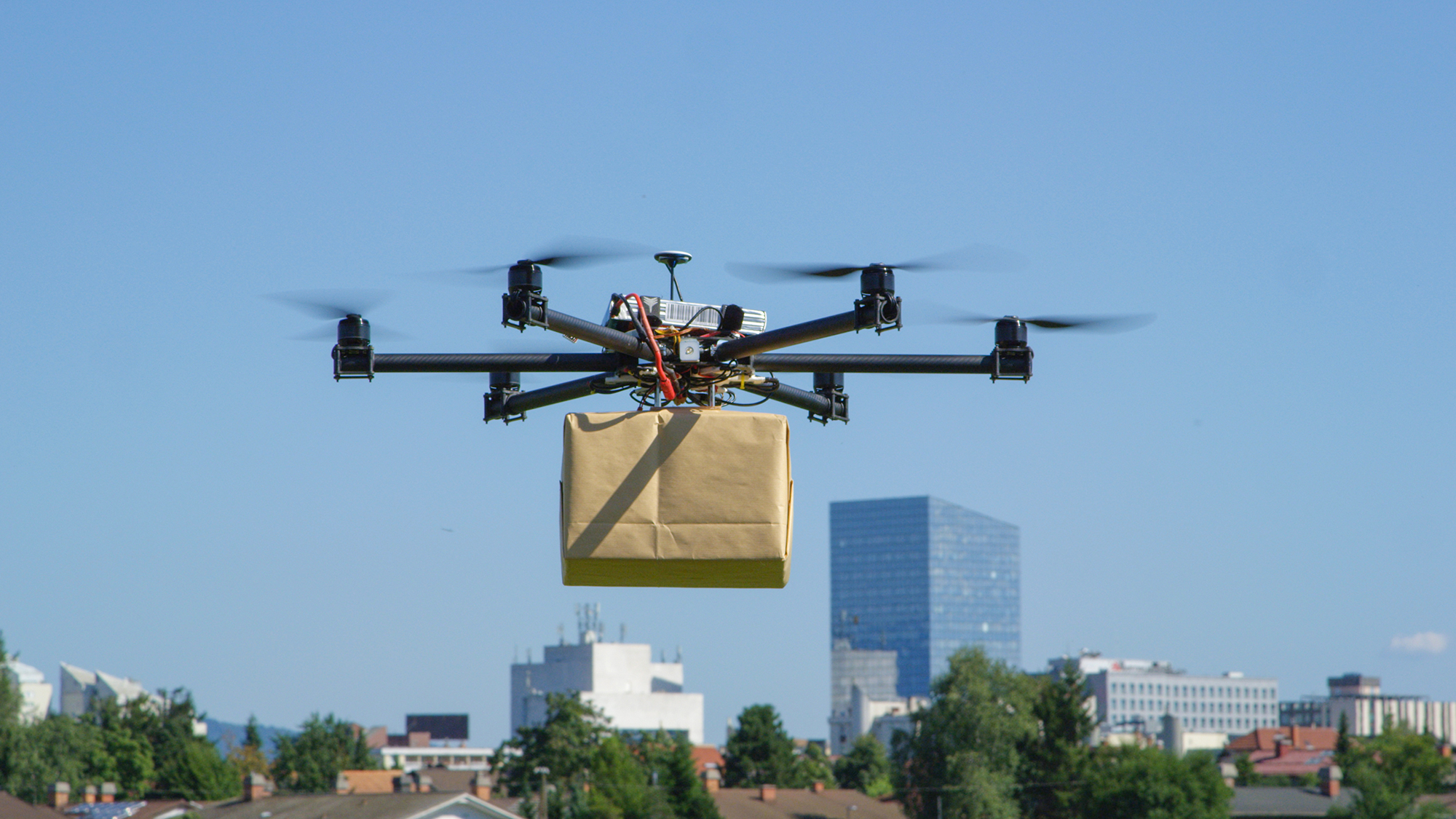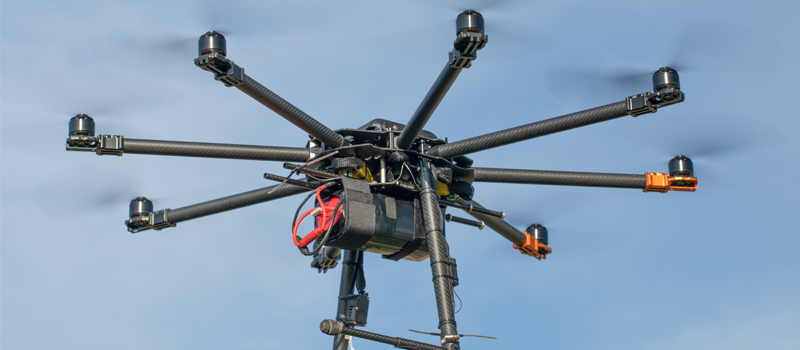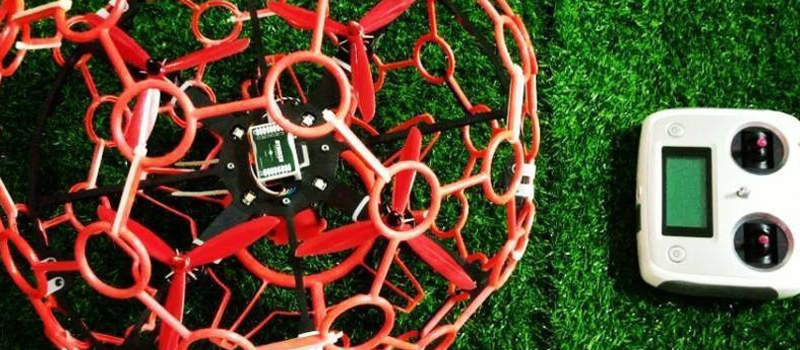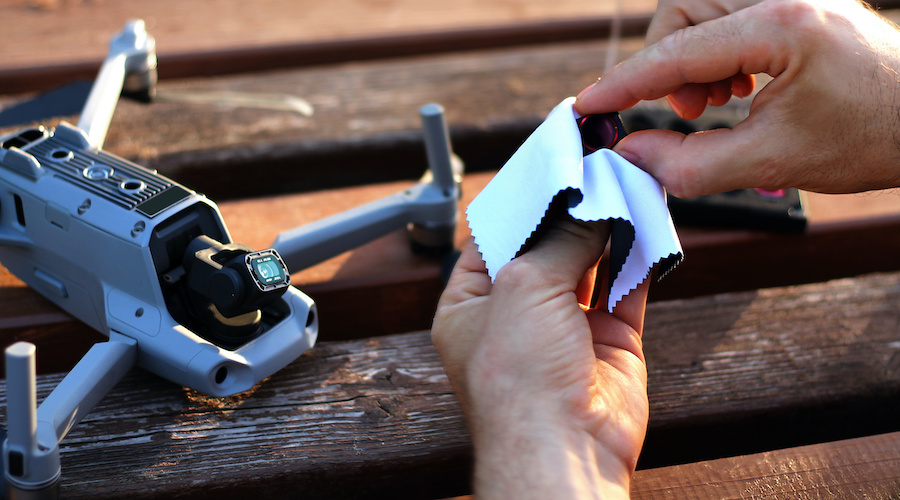With so many quadcopters being sold nowadays, the image of drones having exactly four rotors has been ingrained into the psyche of most people. However, drones do not always need to have only four rotors – there are drones that have six or more rotors, or even just three.
If the quadcopter design is so effective, then what’s the point of selling hexacopter or octocopters? Does adding more rotors to a drone always result in a performance upgrade?
Why multiple rotors?
It’s easy to understand how the rotation of rotors in a drone generates lift, but why are multiple rotors necessary anyway? Why can’t drones just be like helicopters and have one large rotor?
The truth is that there are also drones that are designed after the classic helicopter structure, either with a single large rotor or two propellers rotating in opposite directions. However, RC helicopters have been largely overshadowed by quadcopters in today’s market for commercial drones.
This transition to multirotor drones can be explained easily with ease of use. Flying an RC helicopter takes a considerable amount of skill. In contrast, quadcopter flight is facilitated by sensors and an Electric Speed Controller (ESC) that regulates the speed of rotation of individual rotors. Quadcopters are designed specifically so that anyone can learn to fly them within minutes.
Are more rotors better?
So, it’s clear now that increasing the rotors from one to four makes drones easier to fly. Does the same line of reasoning apply to increasing the rotors to six or eight? The answer isn’t exactly straightforward, as there are both benefits and drawbacks.
More rotors = larger and heavier

When a drone is designed to have more rotors, it must also have motors, sensors, and a larger frame to house the additional electrical and mechanical components. This weighs down the drone significantly. In turn, the propellers need to generate more lift, thus drawing more power from the battery. This means that drones with more rotors must also have larger batteries – in some cases, it may even be necessary to have two batteries.
The step up from quadcopter to hexacopter has huge implications on weight and portability. Nowadays, we have quadcopters that are small enough to fit in the palm of your hand. There is not a single hexacopter that can be remotely described as “portable.”
More rotors = more expensive
With all the added hardware and engineering that goes into six-rotor or eight-rotor drones, they are so much more expensive than quadcopters. Nowadays, the most popular quadcopters cost less than $1000. In contrast, the Yuneec Typhoon H Plus at more than $2000 is probably one of the cheapest hexacopters you can buy.
More rotors = higher lifting capacity

Here is where hexacopters and octocopters get more interesting. Even with added weight, drones with more rotors can generate much higher lift than quadcopters. With this capability, drones can accommodate varying payload types.
All drones classified as “heavy lifters” have six or more rotors. There is simply no going around this requirement if you want a drone that can carry the weight of a DSLR camera or fertilizer to spray on crops.
More rotors = redundancy
A quadcopter has almost zero allowable points of failure. If one of its rotors stops spinning, the drone will fly out of control and come crashing shortly. This is not the case for drones with six or eight rotors.
In a hexacopter or octocopter, there is at least one rotor that is considered redundant. This means that the drone can still stay airborne even if one rotor fails. This does not mean that you can continue to fly the drone as normal. Its flight performance will be seriously compromised, and the power draw of the remaining rotors will become immensely high.
The redundancy built into drones with six or more rotors merely means that you are more likely to recover it safely should something go wrong. This can be critical when flying in challenging locations, such as near sources of electromagnetic interference.
The mainstream popularity of quadcopters comes from them offering the perfect combination of price and ease of use. For this reason, we can expect quadcopters to remain dominant in the commercial drone space.
This leaves hexacopters and octocopters to the more heavy-duty applications. The cost of drones with six or more rotors also only makes them practical for professional use.
Are tricopters viable?
They may be rare, but tricopter drones do exist. Yes, it is perfectly possible for an aircraft with three rotors to fly. However, there’s a good reason that tricopters are so rare. In fact, you probably would not be able to find a tricopter that is not considered a “toy drone.”
With just three rotors, tricopters simply lack the thrust and lift power of quadcopters. This means that they are slower and cannot support large weights. For this reason, tricopters are typically very small and lightweight. This might be interesting to beginner drone pilots but does not have widespread appeal, even for casual users.
Quite surprisingly, tricopters are harder to fly than quadcopters. The lack of paired propellers means that the tricopters have a more complex yaw mechanism. The learning curve for tricopters is significantly steeper, although it’s nothing that cannot be overcome with some practice. Still, this is an issue that can be easily avoided by just designing and selling quadcopters.
Final Thoughts
The commercial drone market has seemingly settled into the quadcopter design as the one that has the best mainstream appeal. There are just so many factors that have colluded to make it the best overall option. Quadcopters are perfectly portable, easy to fly, and usually inexpensive.
The good thing about hexacopters and octocopters is that they still have a place in the drone market, albeit they only appeal to high-level professional users. They are very powerful but also very expensive and hard to move around.
To answer the question, more rotors isn’t necessarily better. As customer behavior has shown us, four seems to be the magic number.




